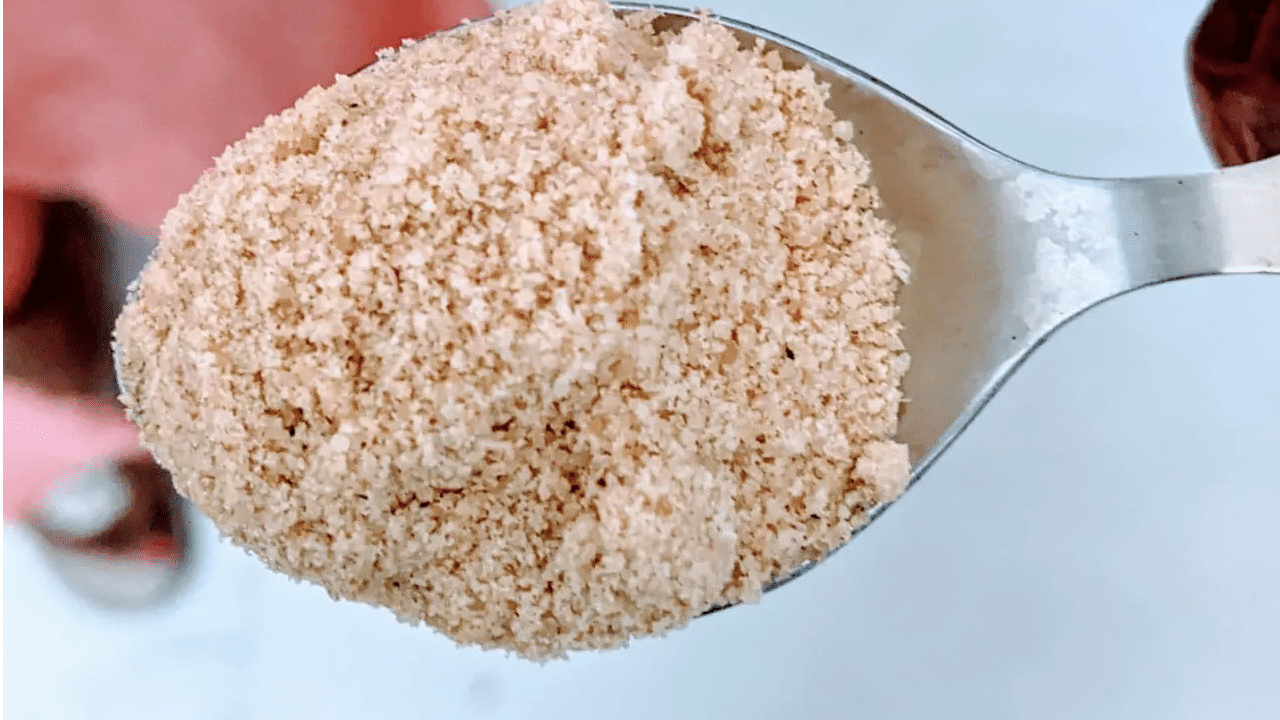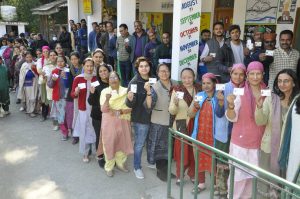Even though asafoetida, or heeng as we commonly call it, is one of the most popular ingredients in Indian cuisine, the country used to import it from neighbouring regions all these years. An estimated Rs 600 crore worth of heeng is imported into the country every year. This amounts to 1,200 tonnes of the condiment.
According to report by ANI, scientists at CSIR-Institute of Himalayan Bioresource, Palampur (IHBT), have now started to grow heeng in the Indian Himalayas region, with planting the first sapling in the state’s Kwaring village in Lahaul valley earlier.
The plant is mainly cultivated in Iran and Afghanistan, and the vast areas of the cold desert in the Himachal region will help farmers grow the much precious crop.
“Due to efforts of CSIR constituent laboratory, Institute of Himalayan Bioresource (IHBT), Palampur, a historical shift in farming practices is in the offing with farmers of the remote Lahaul valley in Himachal Pradesh taking up the cultivation of asafoetida (Heeng) to utilise vast expanses of waste land in the cold desert conditions of the region. CSIR-IHBT brought in seeds of asafoetida and developed its agro-technology,” a statement from the centre read, as quoted by news agency ANI.
One of the highest-valued spice crops in India, asafoetida cultivation faced blocks in India due to lack of planting material. However, after a June MoU ith the agriculture ministry of Himachal Pradesh, scientists at IHBT started cutivating the much sought-after crop.







